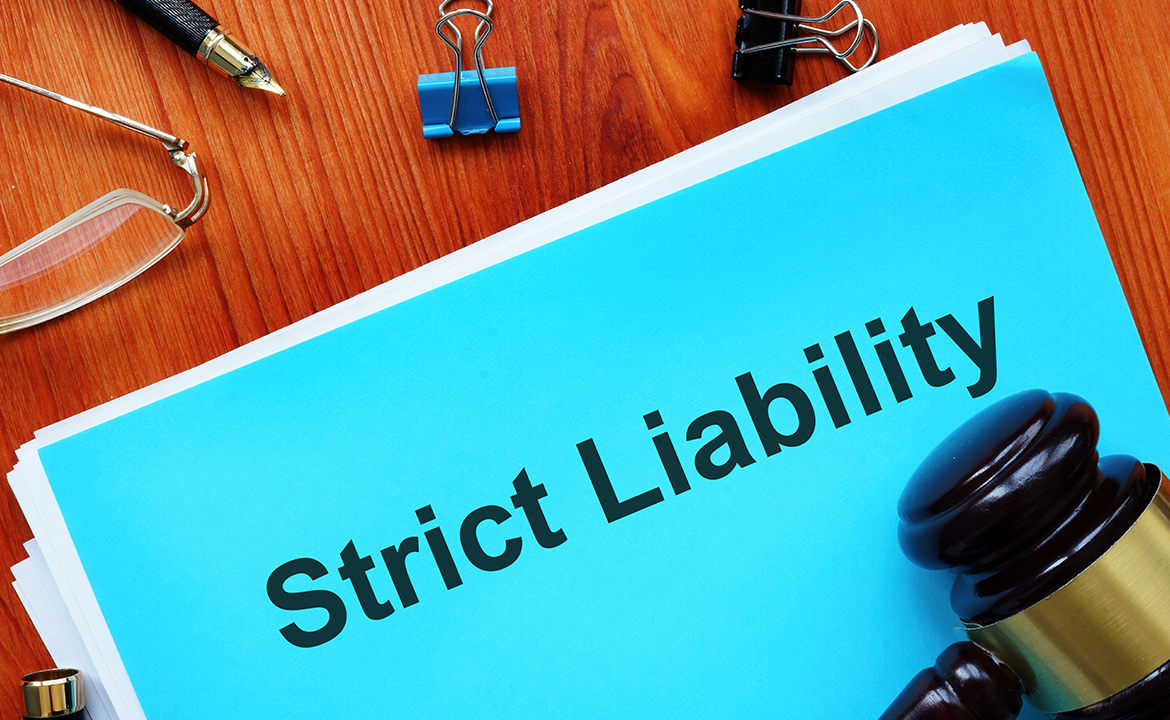Defective Product Liability
Product liability is a broad and developing area of tort and consumer protection law.
Product liability imposes strict liability for the death or injury caused by a defective product that was either designed, manufactured, distributed, or sold through the chain of commerce.
The Scope Of Product Liability Law Is Wide
Every organization in the supply chain is held strictly liable for the injuries caused by the product. Even if the retail seller had nothing to do with the design or manufacture of the product, such as the supplier and hardware store that sold the defective product to the consumer.
Public Policy Favoring Consumer Safety Over Profit
Strict liability is intended to protect the general unsuspecting consumer over the manufacturers financial interest in having to add the costs to ensure their product is safe.
To Prove Strict Liability The Consumer needs to prove:
- The product sold was defective.
- The defendant either designed, manufactured, or sold the defective product.
- The defective product was the factual and legal cause of the consumers injuries or death.
Proving The Product Was Defective
Three Ways For A Product To Be Defective:
- Manufacturing defects are those that occur while the product is being manufactured.
- Design defects are those in which the product design is inherently dangerous such as in the Ford Pinto case.
- Defect in failing to adequately warn the consumer of a danger that is not obvious and which could have been avoided with a proper warning.
History Of Punitive Damages In Product Liability Cases
The Ford Pinto Case
Before 1972 a consumer could recover compensatory damages but was not allowed to recover punitive damages. This changed however in the notorious Ford Pinto case in which the plaintiffs were awarded $2.5 million in compensatory damages and $125 million dollars in punitive damages.
In this case, the driver and her child were spontaneously engulfed in flames when their Ford Pinto was rear-ended by another vehicle.
The plaintiffs sued based on the law of product liability and sought punitive damages. What outraged the jury and the public was that Ford executives knew in advance that the placement of their fuel tank at the rear of the vehicle would make the vehicle prone to puncture and explode into flames upon impact.
Practical Considerations When Injured By A Defective Product
Assuming the product was defective and it resulted in either injury or death, a consumer may be entitled to collect damages to compensate for their injuries.
Preserving The Product Is Critical To The Case
It is vital to save the product and make sure that it is not thrown away or damaged in any way.
It will be necessary for you to have the product as evidence to prove the product was defective and or unreasonably dangerous for intended purpose.
Due to newer, more sophisticated technology, a doctrine of “strict liability” has evolved to help protect consumers who rely on a manufacturer’s warnings about the products safety.
Manufacturers Failure To Warn
Under this doctrine, an injured consumer may collect from the manufacturer without proving that the manufacturer was at fault. But rather, the manufacture failed to adequately warn the consumer of dangerous properties.













